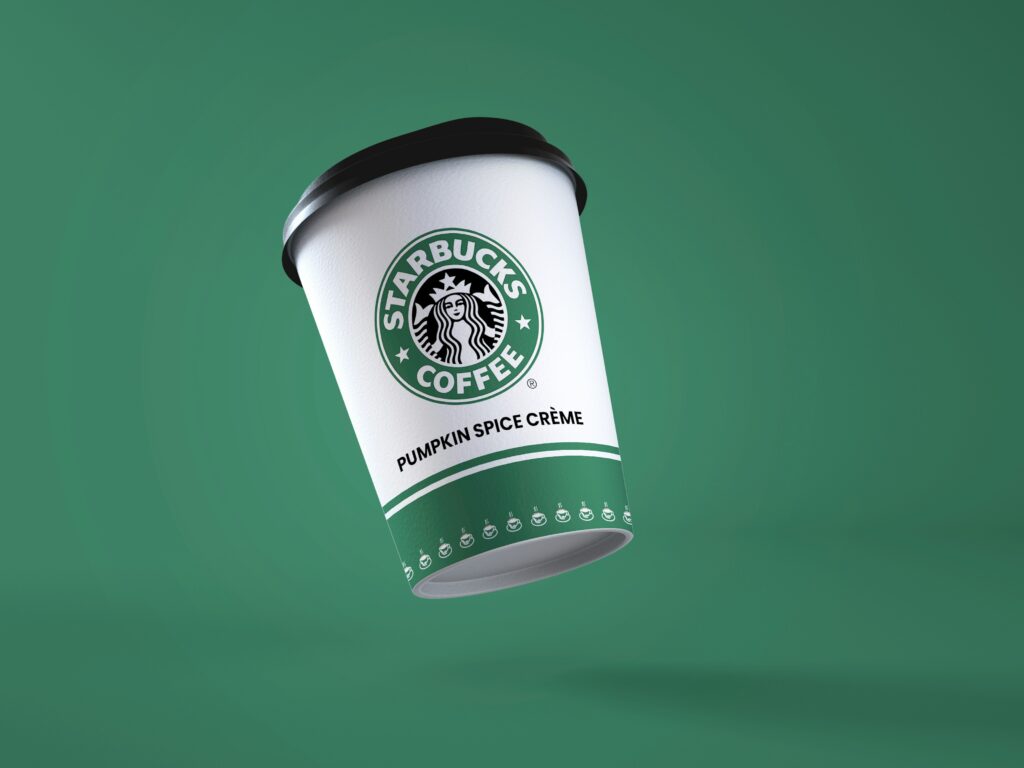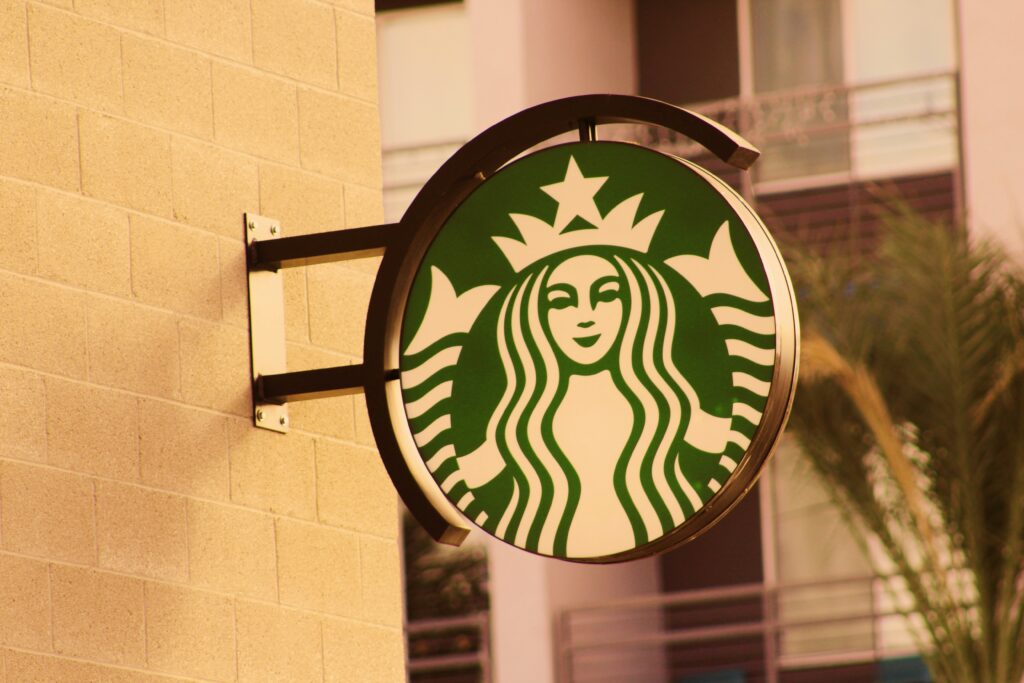Starbuck is one of the most recognized coffeehouse brands in the world, with a reputation for quality coffee, innovative products, and customer experience. Founded in 1971 in Seattle, Washington, Starbucks began as a single store selling coffee beans and equipment. Over the decades, the company transformed into a global leader in the coffee industry, operating more than 38,000 stores worldwide by 2025. The firm profile reflects a combination of innovation, community focus, and smart marketing that continues to drive its global growth.

Starbucks Business Model
The starbuck business is built on creating a “third place” between home and work. Customers are encouraged to spend time in stores not just for coffee but also for socializing, studying, and working. This unique approach set Starbucks apart from traditional cofeeshops.
The firm generates revenue primarily from beverage sales, followed by food items, merchandise, and ready-to-drink products. it has also expanded into consumer packaged goods, selling coffee beans, instant , and branded products through supermarkets and e-commerce platforms. This multi-channel strategy ensures that the starbuck brand remains visible both inside and outside its stores.

Starbuck Marketing Strategy
One of the strongest reasons behind ’ success is its powerful marketing strategy. Instead of relying heavily on traditional advertising, focuses on customer experience, word-of-mouth promotion, and digital engagement. Seasonal promotions such as the Pumpkin Spice Latte have become cultural phenomena, attracting millions of customers every year.
starbuck also leverages digital platforms to connect with customers. The Rewards program is one of the most popular loyalty schemes in the retail industry, with millions of active users. By offering personalized deals, discounts, and app-based ordering, It increases customer retention and encourages repeat purchases.
Starbucks and Innovation
Innovation is a key part of the Starbuck success story. The firm constantly experiments with new products, flavors, and store formats. From cold brew coffees to plant-based alternatives, It keeps its menu aligned with changing consumer preferences.
In recent years, starbuck has also embraced sustainability. The firm has committed to reducing carbon emissions, promoting reusable cups, and sourcing coffee ethically through its Coffee and Farmer Equity (C.A.F.E.) practices. This focus on sustainability appeals to environmentally conscious customers and strengthens the Starbuck brand image.
Starbucks Global Expansion
It operates in more than 80 countries, making it one of the most successful global franchises. Its ability to adapt to local tastes is a major factor behind this expansion. For example, in China, Starbucks introduced tea-based beverages, while in India, it partnered with Tata Group to source and serve local COFEE.
This localization strategy ensures that Starbuck remains relevant to different cultures while maintaining its premium brand identity. At the same time, the consistency of store design, service quality, and product standards creates a unified global experience.

Challenges Facing Starbucks
Despite its success, It faces challenges in the competitive food and beverage industry. Rising operational costs, economic slowdowns, and changing consumer habits have impacted the firm. Additionally, in 2025, Starbuck joined a list of global companies that announced job layoffs as part of cost-cutting measures. These challenges highlight the need for It to remain flexible and innovative.
Starbucks Success Story in Summary
The Starbuck profile illustrates how a small coffee shop grew into a global powerhouse. By combining a strong business model, innovative marketing, and a focus on customer experience, Starbuck has become more than just a coffee brand—it is a lifestyle symbol. With ongoing efforts in digital transformation, sustainability, and global expansion, the Starbuck success story continues to inspire businesses worldwide.The Success Story of starbuck.
Founded in 1971 by Jerry Baldwin, Zev Siegl, and Gordon Bowker, Starbuck began as a small store selling coffee beans and equipment. The turning point came in 1982 when Howard Schultz joined the firm. After visiting Italy and experiencing the café culture there, Schultz envisioned transforming Starbuck into more than a coffee supplier — he wanted it to be a “third place” between home and work, where people could relax, socialize, and enjoy high-quality coffee.